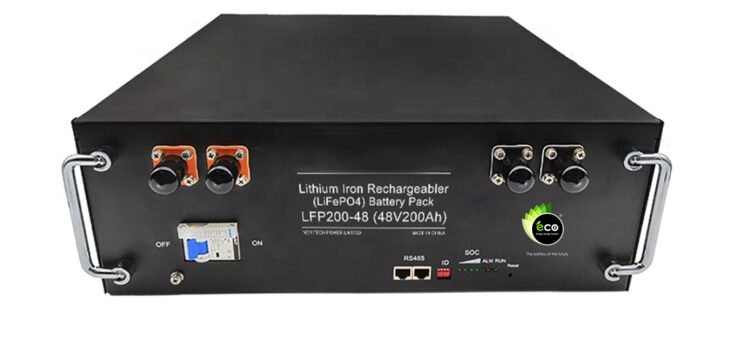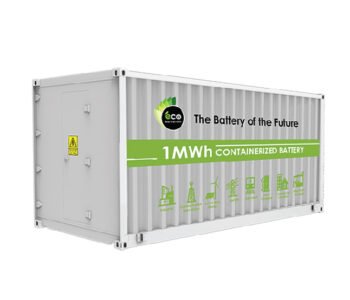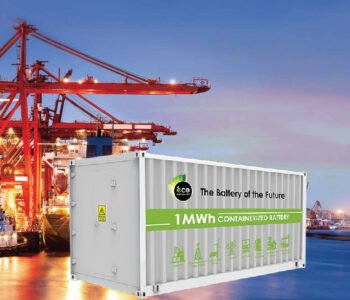 Uncategorised
Uncategorised
Lithium Battery Industry
Why is the lithium battery industry so excited despite the rising price of lithium carbonate?
The recent phenomenon of upstream price increases being met with excitement in the downstream sector goes against traditional business intuition, but is a reality in the lithium-ion battery industry. This is due to the industry’s fervent desire for a fair and stable distribution of benefits between upstream and downstream players.
Starting on April 26th, the long downward trend in lithium carbonate prices finally showed signs of stabilizing. Resource companies that specialize in lithium carbonate products saw significant gains that day, with Wind’s lithium mining index rising over 3%. However, the performance of the downstream lithium-ion battery industry was even more impressive, with the Shenzhen Stock Exchange’s lithium-ion battery index surging over 5%. Industry insiders expressed their excitement on social media platforms.
The obvious reason why downstream companies, who are about to face higher purchasing costs due to the upstream price increase, are still thrilled is because the stabilization of lithium carbonate prices sends a positive signal. As a core raw material that cannot be avoided in the current lithium-ion industry, fluctuations in its price are propelled by speculative funds but also reflect changes in fundamentals and expectations.
Last year, lithium carbonate prices soared from CNY 27,500 per ton to CNY 60,000 per ton, accompanied by explosive growth of 93.4% in China’s new energy vehicle sales. However, in just four months since the beginning of this year, lithium carbonate prices have plummeted from CNY 50,000 per ton to CNY 18,000 per ton. This backdrop includes a 25.8% YoY slowdown in Q1 new energy vehicle sales and even negative YoY growth in January.
The receding tide has exposed the industry’s problem of temporary overcapacity and excess inventory. Industry statistics indicate that power battery inventory throughout the entire supply chain reached 164.8 GWh in 2022, which is enough to support four months of production based on estimated global power battery usage from last year. In the intermediate links such as lithium salt and positive/negative electrode materials, there are also high inventories lasting several months.
Recent quarterly reports reveal that lithium battery manufacturers such as Ningde Times are making significant efforts to reduce inventory. This is reflected in the downward trend of lithium prices, which have fallen below expectations and even below some companies’ production cost lines. Under the influence of high inventory and pessimistic expectations, downstream companies are not willing to purchase additional inventory even at tempting prices.
Now that there are signs of stabilization in lithium carbonate prices, cautious investors may not view this as a major demand reversal, but they should agree that the industry’s inventory reduction efforts have achieved certain results. Under favorable price conditions, downstream companies have begun to show an interest in replenishing their inventory.
The second reason may be more important: the long-awaited expectation of a “stable and reasonable price outlook” may be realized at the current price level. The large fluctuations in lithium carbonate prices in the past have disrupted industry trading order and threatened the healthy development of the industry. However, the current lithium carbonate price approaching CNY 20,000 per ton can be absorbed by downstream companies and is profitable for upstream companies, providing hope for achieving balance.
In the upstream sector, trading chaos such as lying flat, production cuts, and defaulting on orders were frequently seen during the period of the fastest decline in lithium prices. In early April, reporters found that the transaction volume of lithium carbonate had decreased by 30%-50%, with only long-term contracts maintained; some high-cost companies had significantly reduced production, and the monthly operating rate of China’s lithium carbonate in March was only about 55.62%. Every day, there were lower prices, leading to broken contracts for lithium carbonate purchases.
In the downstream sector, the sharp fluctuations in raw material prices have resulted in strong wait-and-see sentiment and the mentality of only buying when the prices rise, seriously disrupting the pace of downstream demand release. In the power battery market, the excessively low lithium carbonate price has kept consumers expecting a significant drop in new energy vehicle prices, leading them to choose to hold their money and watch. In the energy storage market, the bidding progress for large-scale energy storage orders slowed significantly in Q1.
What is more worrisome is that the large fluctuations in prices have distorted the necessary investment actions of enterprises in the lithium-ion industry. The most typical incident was the abandonment of the exploration of Wushanxia Nan lithium mine despite a premium price increase nearly 400 times and a transaction value of CNY 6 billion. The excessive price increase led to impulsive premiums, which were followed by an excessive price decline that brought the promised investment to a sudden stop.
In short, the sharp rise and fall of raw material prices are not in the interest of any player in the entire industry chain. Nowadays, as automobile sales are about to enter the traditional peak season and energy storage demand has accumulated for some time, it is crucial to establish a stable and reasonable lithium carbonate price in order to achieve normal.
By the courtesy of Kayla Liu










